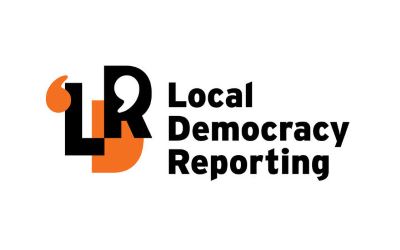
Turn your lights off, Kaikōura - threatened sea birds depend on it.
Volunteers have been busy tendering to injured birds after 100 young Hutton’s shearwaters crash landed in the town on Wednesday evening (March 22).
Hutton’s Shearwater Charitable Trust trustee Nicky McArthur has put the call out to residents to turn out their lights at night to give the newly fledged birds a better chance of survival.
Young birds crash landing was an annual problem as young birds leaving the nest to fly to winter feeding grounds became disorientated due to the town’s lighting and other artificial lighting.
It has reinforced the town’s bid to become an international dark sky sanctuary, which would protect local wildlife, she said.
‘‘I would like to thank each and every volunteer who goes out in the evening to rescue these birds and drop them off at our hub, and comes out the next day to attend to them.’’
Among the volunteers at the hub, next to the Department of Conservation boat shed in Ludstone Road, were students from St Joseph’s School.
Kaikōura Mayor Craig Mackle also called in on Thursday morning, after hearing about the high number of crash landings.
The birds were checked, banded, measured and weighed, before being released when they were well enough.
Mrs McArthur said the rescued birds were considerably lighter this year than previous years.
‘‘It seems to be that the adult birds were having to travel further out to sea to find food.’’
St Joseph’s School principal Judith Ford said it was ‘‘a great learning experience’’ for her students.
‘‘The kids love it and they can see they are doing something good in the community, and they are helping these endemic birds.
‘‘They are doing something pretty special.’’
Kaikōura is the only known breeding ground for Hutton’s shearwaters, near human habitation.
They have traditionally nested in the sub-alpine environment, in mountains 1200 to 1800 metres above sea level.
Sixty years ago there were 10 colonies, but today just two wild colonies remain.
A small colony has been established on the Kaikōura Peninsula in partnership with Ngāti Kurī.
Mrs McArthur said once they had crash landed, the birds could not take off.
She urged people to be gentle when picking them up and take them to the hub in a box with plenty of air.
Mrs McArthur is also chairperson of the Kaikōura Dark Sky Trust, which is preparing a private plan change to the Kaikōura District Plan.
It can then apply to the International Dark Sky Association for dark sky sanctuary status.
The Hutton’s Shearwaters Charitable Trust’s ‘‘Flysafe’’ campaign runs until mid-April.
■ Public interest journalism funded through New Zealand on Air















